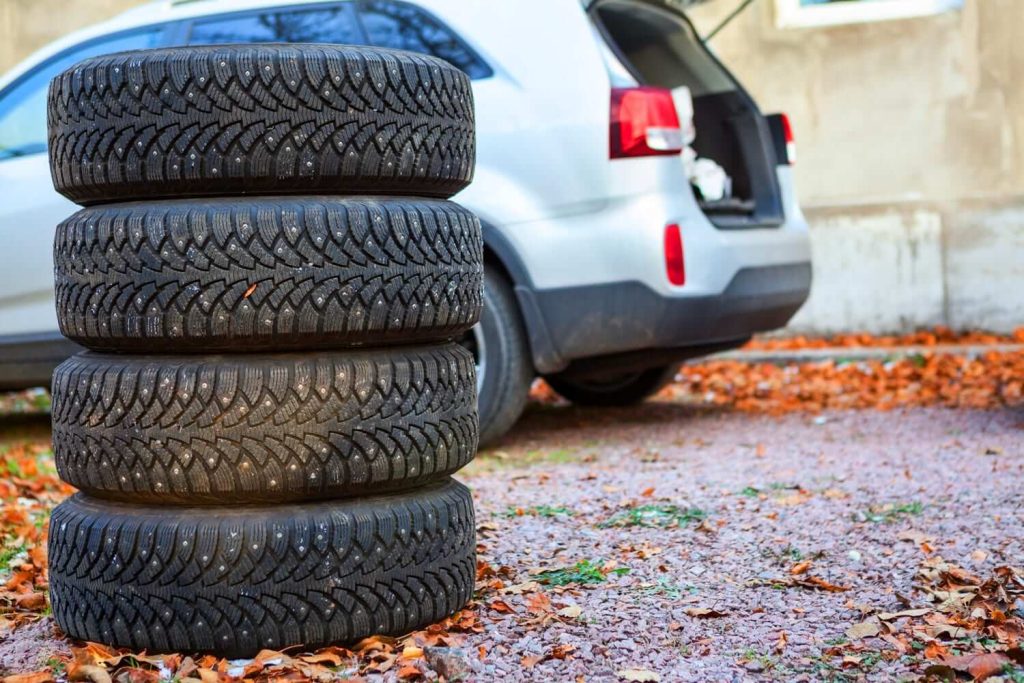Yes. It’s only October and hopefully we’re still at least a month away from any real snow.
But this is Toronto and anything can happen. So we thought this may be the best time to talk about winter tires.
If you already switch to winter tires each year, you may be able to get your car into the shop before the rush. If you’re thinking about using winter tires for the first time, the sooner you start to learn more, the more informed your decision will be.
In any case, winter tires can help you avoid collisions. Of course, winter offers many unique driving challenges. There’s the obvious snow. The nearly invisible black ice. And the chance that weather conditions suddenly go from bad to worse without notice.
THE BASICS OF AVOIDING COLLISIONS IN WINTER
The basic defense against colliding with another car is to drive with caution, especially in heavy traffic, when conditions are slippery and/or visibility is limited.
Regardless of the tires you use, the vehicle you drive or its safety systems, reckless driving will get you into the collision repair shop, and maybe even the hospital, sooner or later.
HOW WINTER TIRES HELP YOU AVOID A COLLISION
First, there’s no denying that winter tires help you drive more safely in snowy, icy and wet road conditions. If they didn’t, your insurance company would not offer you rate discounts for using them.
There are a number of reasons that winter tires give your vehicle better grip in winter conditions.
SOFTER RUBBER COMPOUNDS
Soft rubber gives you a better grip when you do find a solid surface and it keeps the cold from making your tires too hard to get a grip on anything.
WIDER TREAD PATTERNS
The basic reasons why summer and all-season tires are not good for winter driving is that there tread patterns are designed to channel water, not snow and ice. Wider tread patterns help get rid of snow and slush from under the tire.
SIPING
Take a close look at a winter tire and you’ll spot hairline cuts into the surface of the treads. They are called siping. The edges of these cuts act like little blades, even as the tire wears, to offer more traction.
Now’s the time to start thinking about using winter tires to help you avoid collisions, and collision repair shops, this winter.

